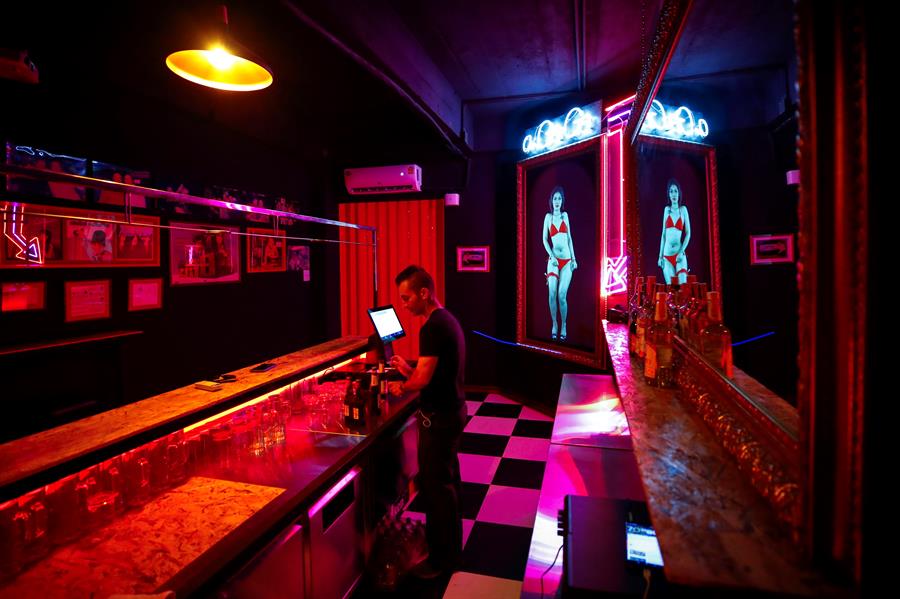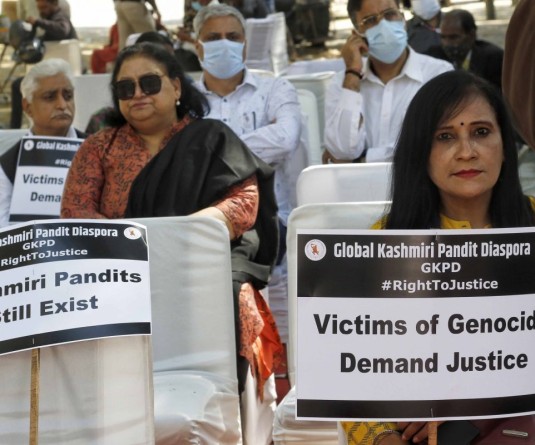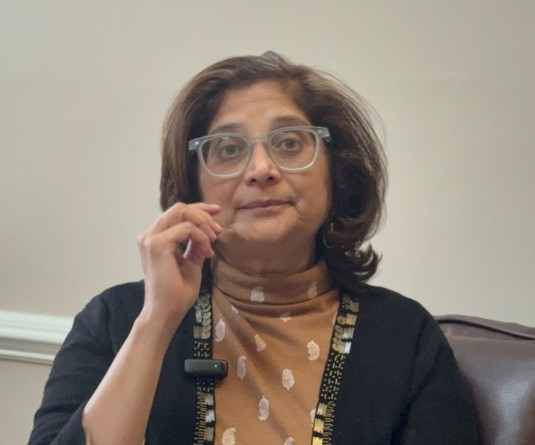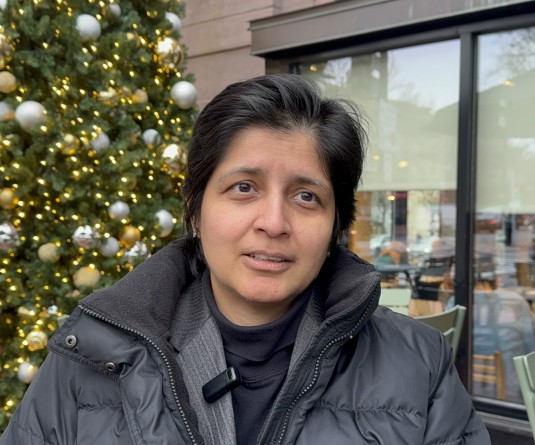Spies, wars, and tourism: a history of Bangkok’s infamous red light district

A bar tender prepares drinks inside the Patpong Museum's bar in Bangkok, Thailand, 07 November 2019 (issued 03 December 2019). EPA-EFE/DIEGO AZUBEL
Bangkok, Nov 3 (efe-epa).- The notorious red light district of Patpong has grown from a tiny neighborhood in the Thai capital on the sidelines of the Vietnam War, from where United States intelligence officers would run their clandestine operations, into an international hub and destination for the global sex tourism industry.
Its decades-long history is being brought to life for the first time at Patpong Museum, located down one of the neighborhood’s many narrow alleys that house hundreds of brothels, through press clippings, photographs, videos and original Central Intelligence Agency (CIA) documents.
While the district might have lost the luster of yesteryear as the sex industry expanded into other parts of the city and the country, the museum’s owner Michael Messner predicts a brighter future.
“As the years passed, Patpong started to reinvented itself. There are now art galleries and restaurants, while many brothels have closed,” Messner, who is also the exhibition’s curator, told EFE. “It has evolved towards a more sexually diverse crowd, and I hope that in four or five years, we could host Thailand’s first gay pride parade.”
The museum traces the neighborhood’s development and evolution, from a banana plantation on the outskirts of the city in the 1950s to becoming the refuge and center of CIA operations during the Vietnam War and related operations in Laos.
“My first sketch for the museum is from 2006, when I started to learn about the neighborhood’s history and began collecting artefacts and objects, although the big push to open only came in the last three years,” says Messner, who also runs several bars in the area.
Udom Patpongpanich, the firstborn son of a family of Chinese immigrants who established business ties with the Thai monarchy at the dawn of the 20th century, is considered the neighborhood’s architect.
A student of US spy-turned-Thai-silk-tycoon Jim Thompson, Udom returned to Thailand during World War II to join the resistance fighting Japanese occupation.
After the war ended, in 1948 his family paid about $2,950 for the plot of land where Patpong now stands, with Udom using his connections to develop a commercial district where American companies set up their first branches in Thailand.
The museum is located in the same space where in 1953 US computing giant IBM opened its first office in the country, Messner says.
One of the people featured in the gallery is CIA agent Anthony Poshepny, who was known as Tony Poe and was charged with training a secret army in Laos during the Vietnam War, posing in photographs alongside other spies at Bar Madrid, a CIA safe house.
Amid the buzz of a constant influx of soldiers and workers, among them pilots for the CIA-owned Civil Air Transport airline, the first bars were opened, some by troops who did not want to return home.
One of these men was US Air Force pilot Rick Menard, who, according to Messner, in 1969 opened the first go-go bar.
The increase in brothels coincided with the country’s opening up to foreign tourists.
In a video for his Moonlight tour in 1983, a young David Bowie appears in one of these establishments, which was also visited by Hugh Grant and Robert De Niro, as well as more recently by model Kendall Jenner.
The last part of the museum, entry for which costs 350 baht (around $11.50) and includes a drink, is where the more explicit material is kept and where there is no shortage of references to the notorious ping pong shows which remain one of the area’s main attractions for tourists.
“The goal is to show visitors the secrets of Patpong, and that by the end of the tour of the museum they see the neighborhood in a different light after knowing its history,” Messner says.






